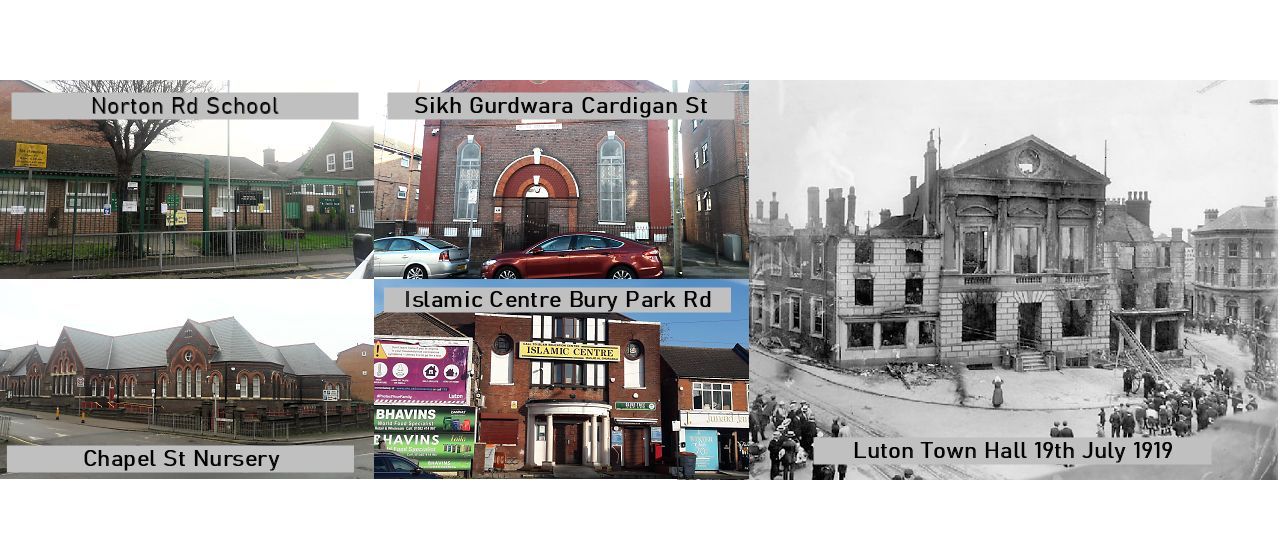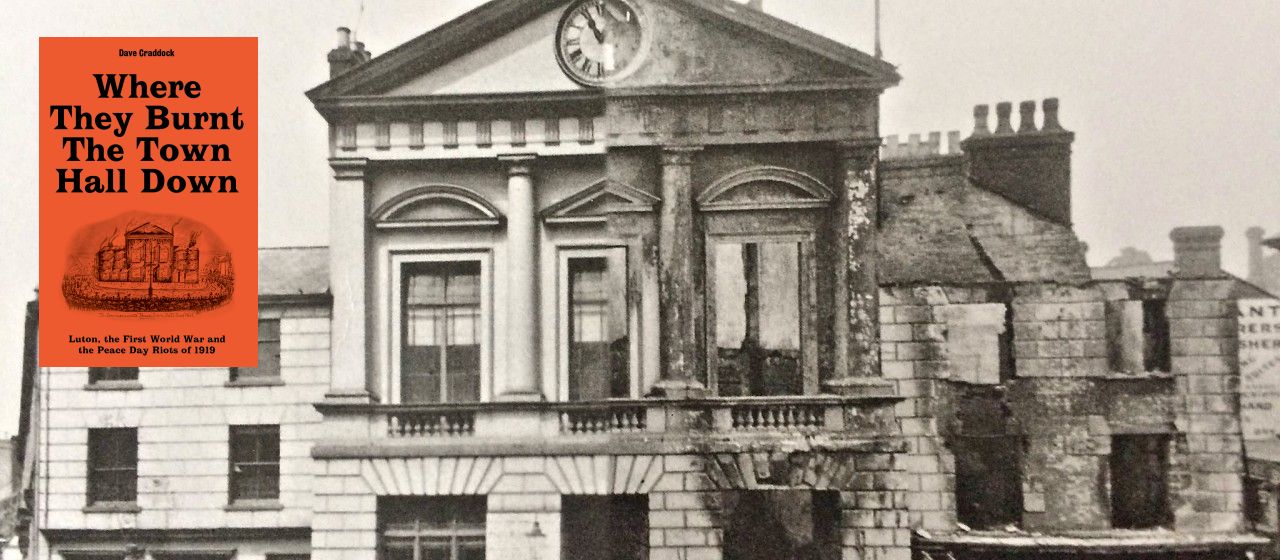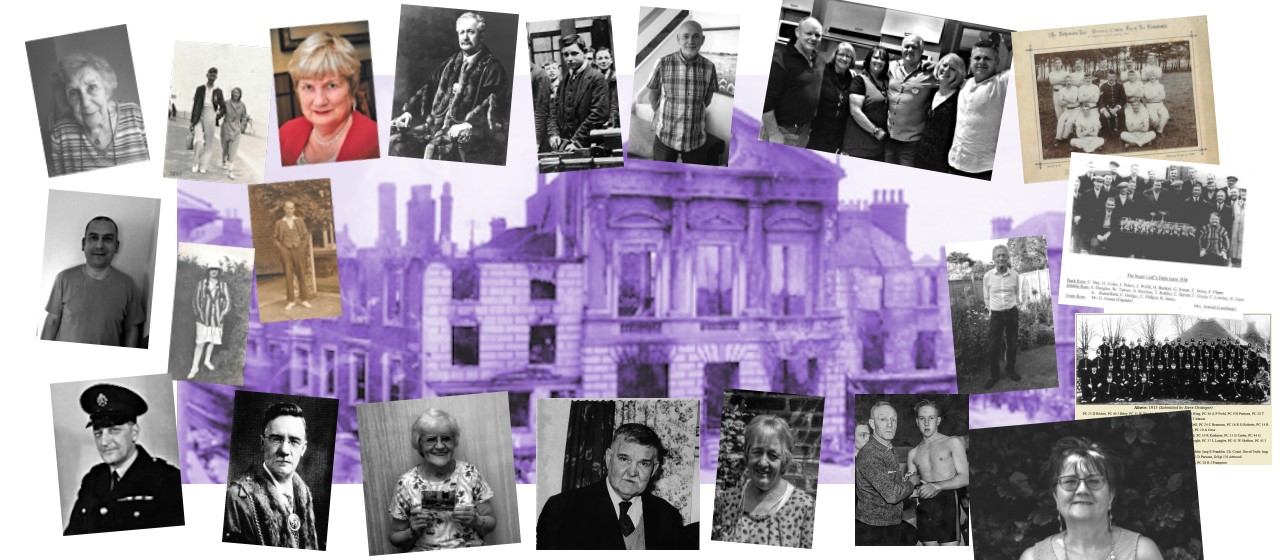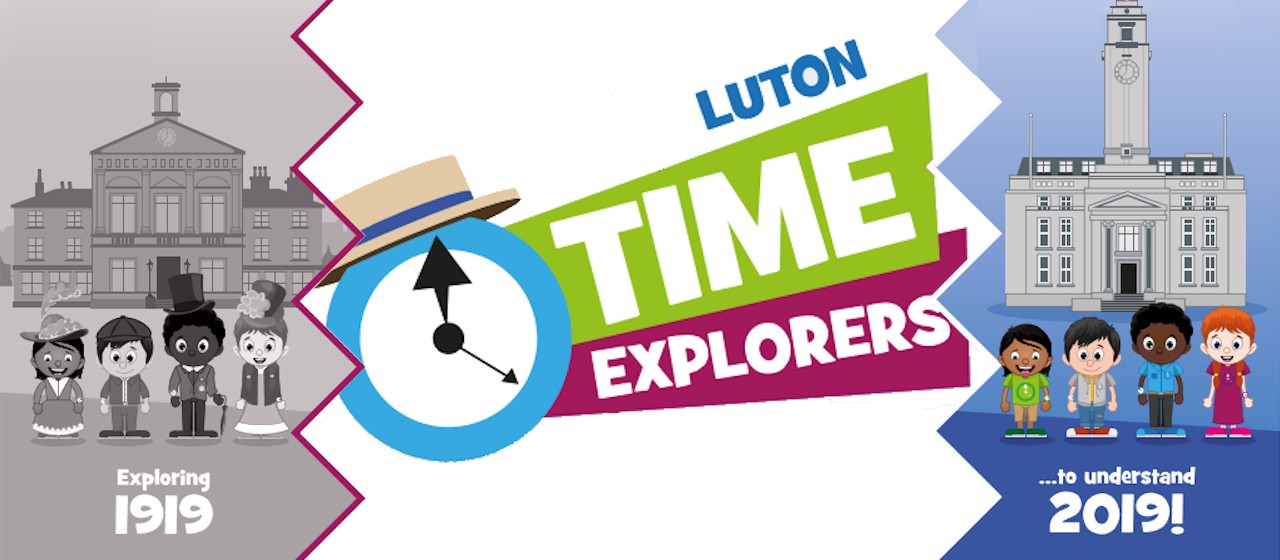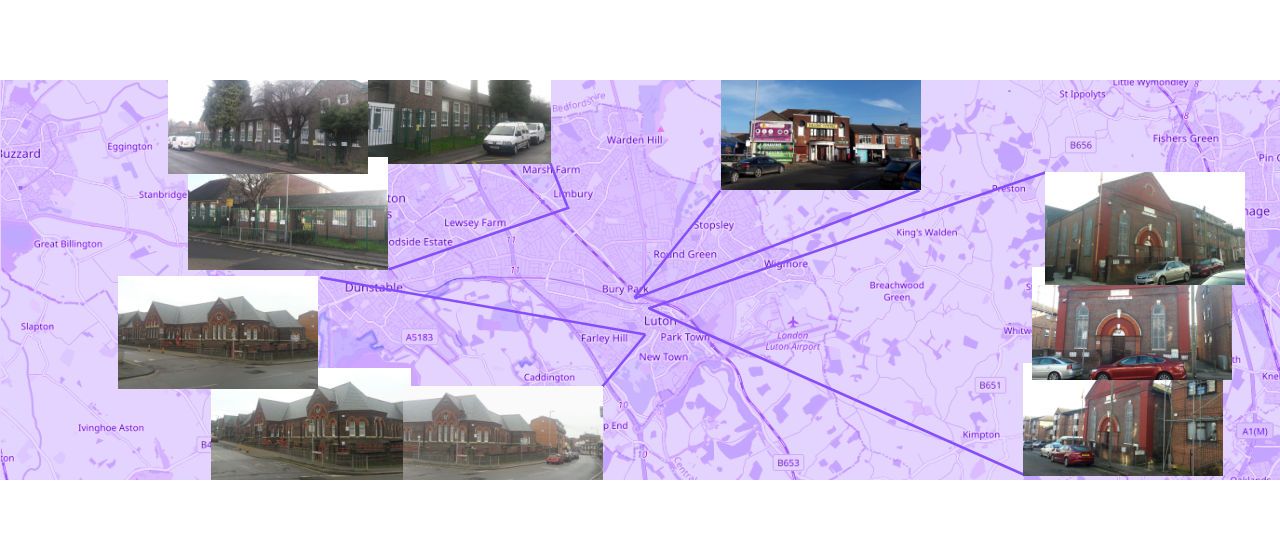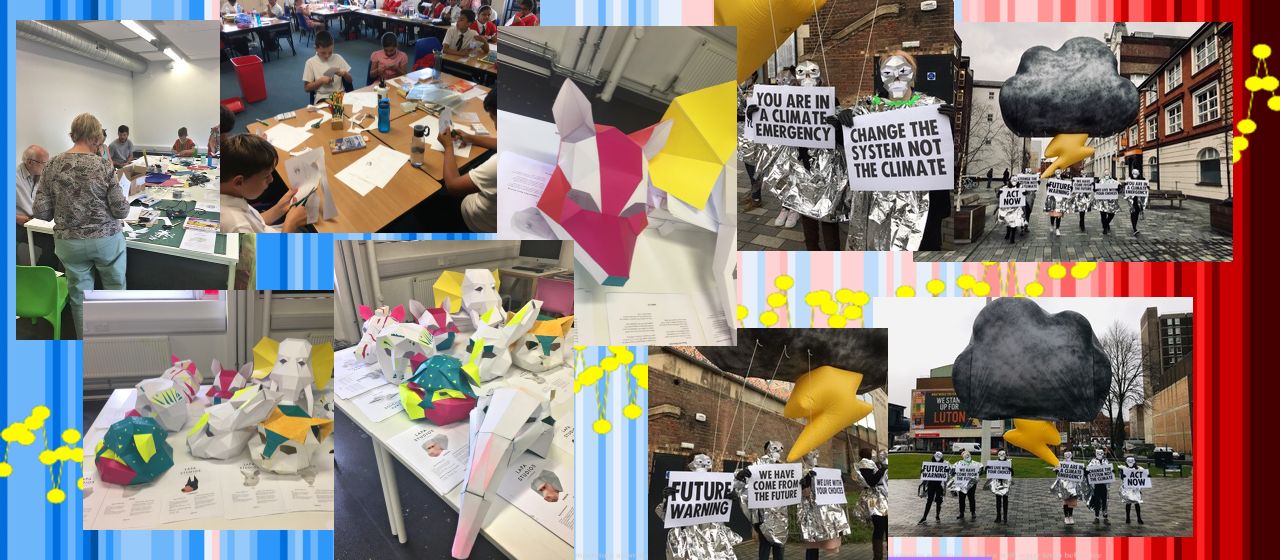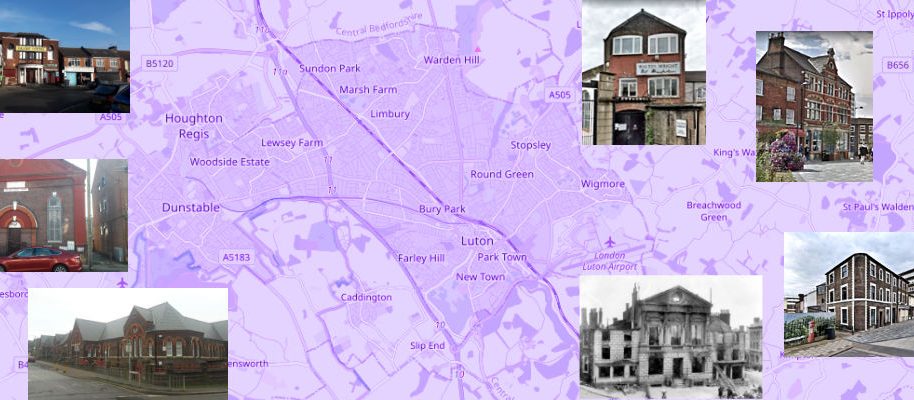Below is a video summarising the work of the Cultural History CIC since our inception in 2018, with our work connected with the Luton Peace Riots, our heritage buildings, the history of the hat industry in the town and the family history projects. Have a look and let us know what you think by emailing mike.mcmahon@culturalhistories.org.
Building on the success Peace Riots project, and in line with our CIC objectives, we are working on a series of projects under the theme of ‘Introducing Luton Heritage to a new Generation of Lutonians’. Luton is a plural town and the majority of young Lutonians do not have a Luton or even a UK heritage. Luton has a rich and varied history, much of which is unknown to Luton’s young population and which we aim to remedy through these projects.
We look to achieve this by developing a series of heritage projects, working with local primary and high schools, researching various aspects of the town’s history and heritage, video recording related family histories and in conjunction with the local schools, using these recordings, produce national curriculum standard learning material exploring the heritage of Luton.
As with our Peace Day Riots project, all the recordings and learning material are available to all Luton Schools to download free of charge.
So far we have developed 2 projects on this theme:
- Project A: Our pilot project involved capturing the memories of Lutonians of a collection of iconic local buildings. The buildings researched included 116 Bury Park Road, The Gurdwara in Cardigan Street, and Chapel Langley School and Nursery. In each case we chartered the history of the building and searched out people with a family history to share. – click for more detail.
- Project B: Building on the partnerships developed from the iconic local buildings project, and with support from the National Heritage Lottery Fund, we developed a project to explore the History of the Hat trade in Luton. The family histories describe the growth of the trade in Luton from the 1600s, its expansion, with an estimated 1000 factories operating in the early 1900s, to become a world leader, manufactoring up to 50m hats a year in the 1940-50s, and its decline to today where there are just 3 working hat factories in the town. The associated classroom learning material uses the recordings to explore the impact of migration to the town and also the impact of climate change.
Looking to the future, the History of the Hat Trade project also explores with the high school students career opportunities, as these former hat factories are now being refurbished as part of a new Cultural Quarter in the town centre. These former hat factories are becoming exhibition and performance spaces and offering start up opportunities for creative industries.


